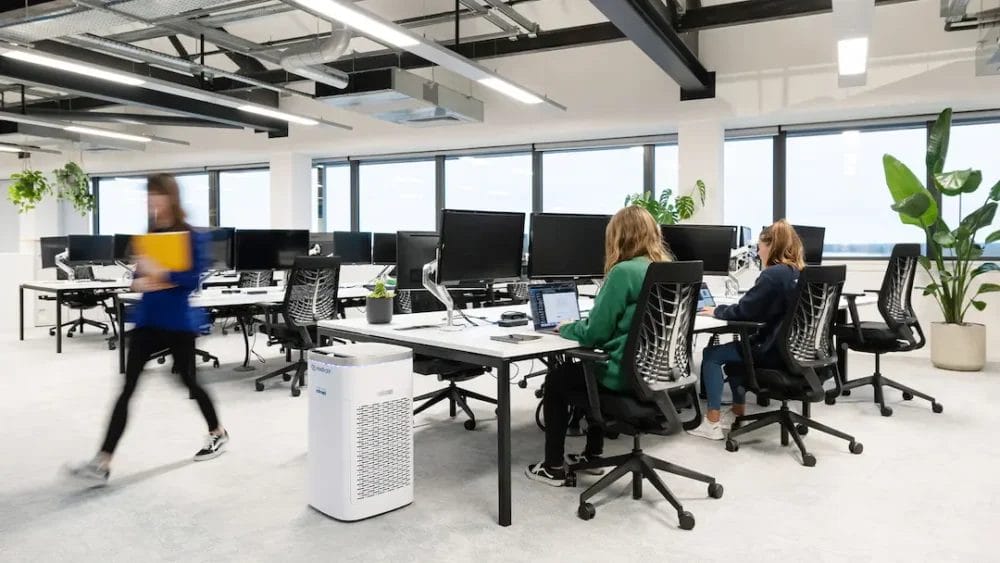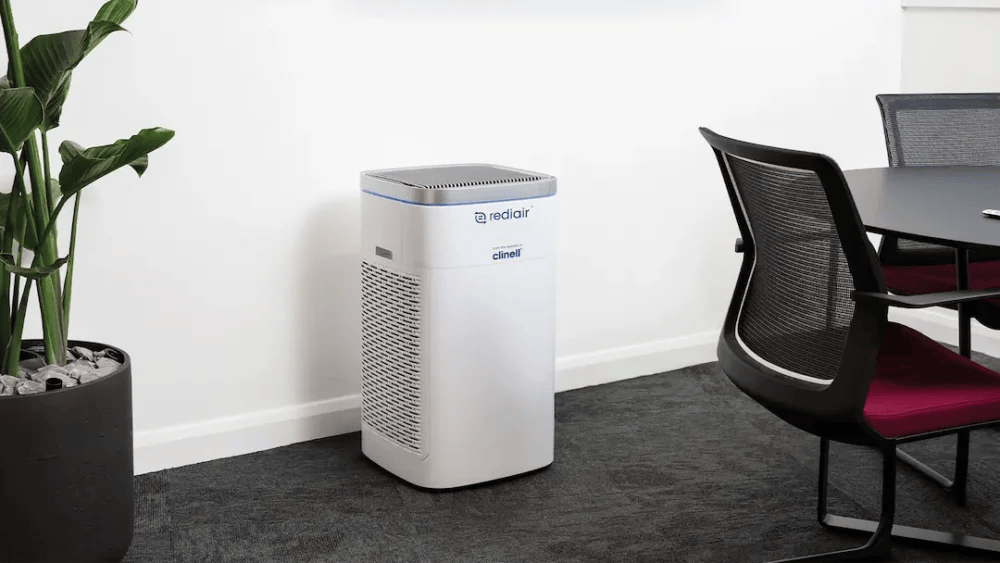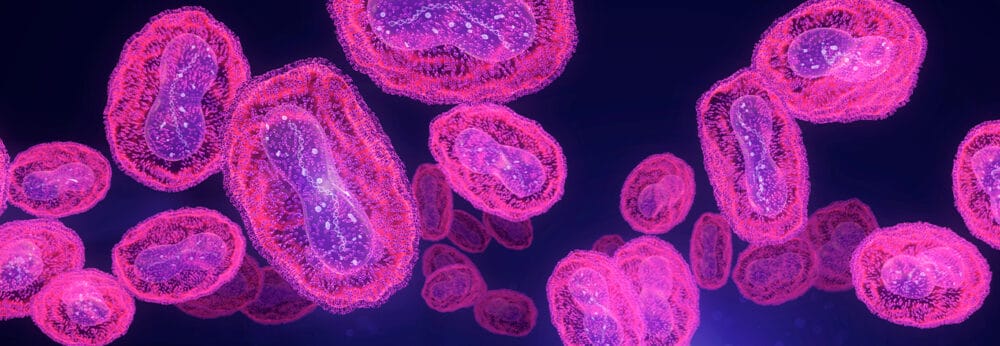Posted
8th November 2023
Products
As the winter season approaches, concerns over staff sickness and indoor air quality are becoming increasingly important.
According to the UK Office for National Statistics, the number of days taken sick with minor complaints such as coughs, colds and flu continues to rise since the pandemic, after falling each year between 2005 and 2019 [1].
In celebration of World Ventil8 Day, we take a closer look at how Rediair can improve air ventilation and help to reduce unwanted staff sickness this winter.
How poor ventilation can increase staff sickness
Emphasised during the COVID-19 pandemic, it’s now widely recognised that insufficient air ventilation is a key contributor in the spread of infectious diseases within workplaces such as hospitals, schools and offices, with many areas operating in closed and overcrowded spaces.
With little to no natural airflow, poor and inadequate prevention measures in these settings can result in widespread transmission, increasing staff sickness and reducing overall productivity. So, given its importance, what is ventilation and how can it be improved?
What is ventilation?
Put simply, ventilation is a process that moves outdoor air into a room or building, diluting pollutants or contaminants. These pollutants include objects such as dust, allergens and infectious microorganisms.
Ventilation from an infection prevention perspective has always played a role in good practice, as infectious microorganisms such as viruses and bacteria are expelled into the air when an infectious person coughs, talks or even breathes. Good ventilation works to dilute the number of infectious microorganisms in the air, lowering the risk of transmission to others, including members of staff and patients.
Improve air ventilation and ensure safer staff spaces with Rediair
In busy, poorly ventilated areas such as staff rooms, offices and reception areas, mechanical air filtration units can offer a solution.
Rediair, our latest innovation in ventilation, is an instant air purification device utilising dual HEPA 14 and carbon filters which capture 10x the particles of a domestic HEPA 13 filter. Adaptable to any situation, Rediair features four different operating modes that begin to decontaminate surrounding air within seconds, filtering out potential infectious microorganisms.
While trapping particles and odours, Rediair was designed to capture airborne pathogens such as bacteria, fungi, and viral aerosols.

10x more effective than HEPA 13
At the heart of Rediair are two carbon composite HEPA 14 filters that work in tandem with the dual centrifugal intake fans and easy-to-clean nylon pre-filters to capture particulates, odours and 99.995% of airborne pathogens.
High clean air delivery rate
Due to its dual-intake filtration system, Rediair has an exceptionally high clean air delivery rate (CADR) of up to 600m3/h. Despite its small footprint, a single unit provides effective ventilation for rooms up to 120m3.

Ultra quiet
Rediair is surprisingly quiet when in normal use. Featuring many different settings and speeds, Rediair is a powerful air filtration unit designed to operate without causing distraction.
Rediair… a comparison
Recently, in a published journal, Dr Jon Otter and colleagues from Guy’s and St Thomas’ hospital compared and evaluated three popular stand-alone HEPA based air decontamination systems.
Rediair was found to offer a lower cost alternative that is quieter, more portable, lightweight, energy efficient and has a medical grade HEPA 14 grade filter with comparable airflow.
Arrange an onsite air ventilation assessment
With the challenging winter months approaching, the need to prioritise the health and wellbeing of staff members through improved air ventilation is essential. To find out how GAMA can support you, please email info@gamahealthcare.com to arrange an onsite air ventilation assessment, consisting of:
1) Measurement of ambient room CO2 concentration levels
2) Measurement of room particle concentration levels
If any issues are identified, we can assist in determining the optimum number of air purifying units required to address your ventilation concerns.
References
[1] Office for National Statistics (ONS). Sickness absence in the UK labour market: 2022. https://www.ons.gov.uk/employmentandlabourmarket/peopleinwork/labourproductivity/articles/sicknessabsenceinthelabourmarket/202. Released 26 April, 2023. Accessed 6 Nov, 2023.
SHARE THIS ARTICLE
Tags
Latest News
Norovirus: Understanding its transmission and prevention in the UK
Introduction Norovirus is recognised as the leading cause of viral gastroenteritis…
Clean Between to Reduce Healthcare-Associated Infections
Healthcare-associated infections (HAIs) are a significant concern for healthcare facilities…
Mpox: emergence of a new threat
A new threat related to mpox is emerging, in the…
Wiping away infections – the CLEEN way!
Cleaning shared medical equipment with a disinfectant wipe at least…





